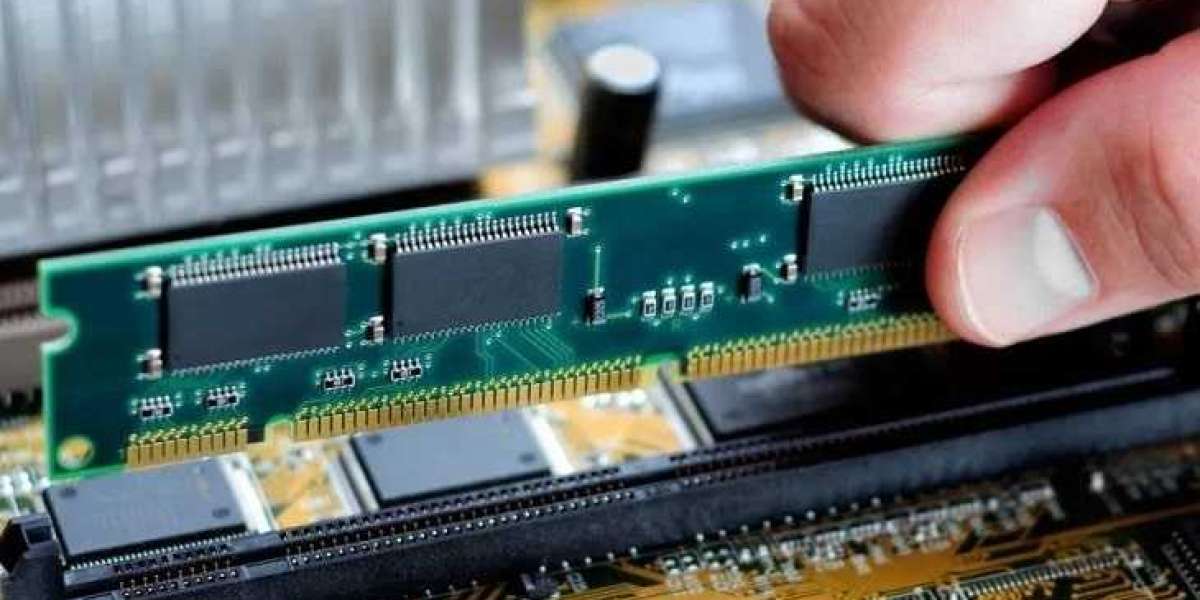Q-switch laser technology has become a cornerstone in various fields, from medical treatments to industrial applications. This article explores the principles of Q-switch laser technology, its applications, and how it enhances treatments and processes.
What is Q-Switch Laser Technology?
Q-switch laser technology refers to a type of laser that uses a Q-switching mechanism to produce short, high-intensity pulses of light. This technology is distinguished by its ability to deliver rapid, intense bursts of energy, making it ideal for precise and effective applications.
How Q-Switch Lasers Work
Q-switch laser devices utilize a Q-switch to control the timing of the laser pulses. By rapidly switching the laser on and off, the Q-switch compresses the energy into extremely short pulses. These pulses can be as brief as nanoseconds, allowing for high peak power while maintaining a manageable average power.
- Pulse Generation: The Q-switch mechanism temporarily stores energy within the laser cavity. When the Q-switch is activated, it releases the stored energy in a very short, high-energy pulse.
- High Peak Power: The short pulse duration results in a high peak power output, which is crucial for applications requiring intense energy delivery.
- Precision: Q-switch laser technology provides precise control over the timing and duration of each pulse, making it suitable for applications requiring high accuracy.
Applications of Q-Switch Lasers
Q-switch laser technology is employed in a variety of fields due to its ability to deliver precise and powerful energy pulses. Here are some prominent applications:
Medical Treatments
- Q-Switch Laser Treatment for Skin Conditions: Q-switch laser technology is widely used in dermatology for treating various skin conditions. It is effective in removing tattoos, pigmented lesions, and acne scars. The laser's ability to target specific pigments with minimal damage to surrounding skin makes it a popular choice.
- Laser Resurfacing: In cosmetic procedures, Q-switch laser treatments are utilized for skin resurfacing. The high-energy pulses help in the removal of damaged skin layers, stimulating collagen production and improving skin texture.
Industrial Applications
- Material Processing: Q-switch lasers are used for precision cutting, drilling, and engraving of materials. Their high peak power and short pulse duration enable efficient processing of metals, plastics, and ceramics.
- Surface Cleaning: In industrial settings, Q-switch laser technology is employed for cleaning surfaces. The laser pulses effectively remove contaminants, rust, and coatings from various substrates, offering a non-contact, environmentally friendly alternative to traditional cleaning methods.
Advantages of Q-Switch Lasers
The unique properties of Q-switch laser technology offer several advantages in both medical and industrial applications.
Benefits
- Precision and Accuracy: Q-switch lasers provide high precision and accuracy, making them ideal for applications requiring detailed and controlled energy delivery.
- Minimal Thermal Damage: The short pulse duration of Q-switch lasers reduces the heat-affected zone, minimizing thermal damage to surrounding areas.
- Versatility: Q-switch lasers can be adapted for various materials and treatments, providing versatility across different fields.
Considerations
- Cost: The advanced technology behind Q-switch lasers often results in a higher initial investment. However, the benefits in precision and efficiency can justify the cost.
- Complexity: Operating and maintaining Q-switch lasers may require specialized knowledge and training due to their sophisticated technology.
How to Choose the Right Q-Switch Laser
Selecting the appropriate Q-switch laser for specific applications involves considering several factors to ensure optimal performance and results.
Key Considerations
- Application Requirements: Determine the specific needs of your application, including material type, desired precision, and energy levels. This will help in choosing a Q-switch laser with the right specifications.
- Pulse Duration and Energy: Evaluate the pulse duration and energy output of the Q-switch laser to match the requirements of your process or treatment.
- Support and Maintenance: Consider the availability of support and maintenance services for the Q-switch laser to ensure reliable operation and longevity.
Future Trends in Q-Switch Laser Technology
The field of Q-switch laser technology continues to evolve, with advancements leading to new capabilities and applications.
Emerging Trends
- Enhanced Performance: Ongoing research is focused on improving the performance and efficiency of Q-switch lasers, including advancements in pulse duration, energy output, and beam quality.
- Integration with Other Technologies: Q-switch laser technology is increasingly being integrated with other technologies, such as automation and robotics, to expand its range of applications and improve operational efficiency.
- Cost Reduction: Efforts are being made to reduce the cost of Q-switch lasers, making them more accessible for a broader range of applications and industries.
Conclusion
Q-switch laser technology has proven to be a powerful tool across various fields, offering precision, efficiency, and versatility. From medical treatments to industrial applications, the ability of Q-switch lasers to deliver high-energy pulses with minimal thermal impact makes them a valuable asset. Understanding the capabilities and advancements in Q-switch laser technology will help in selecting the right solutions for your specific needs and leveraging the benefits of this innovative technology.









